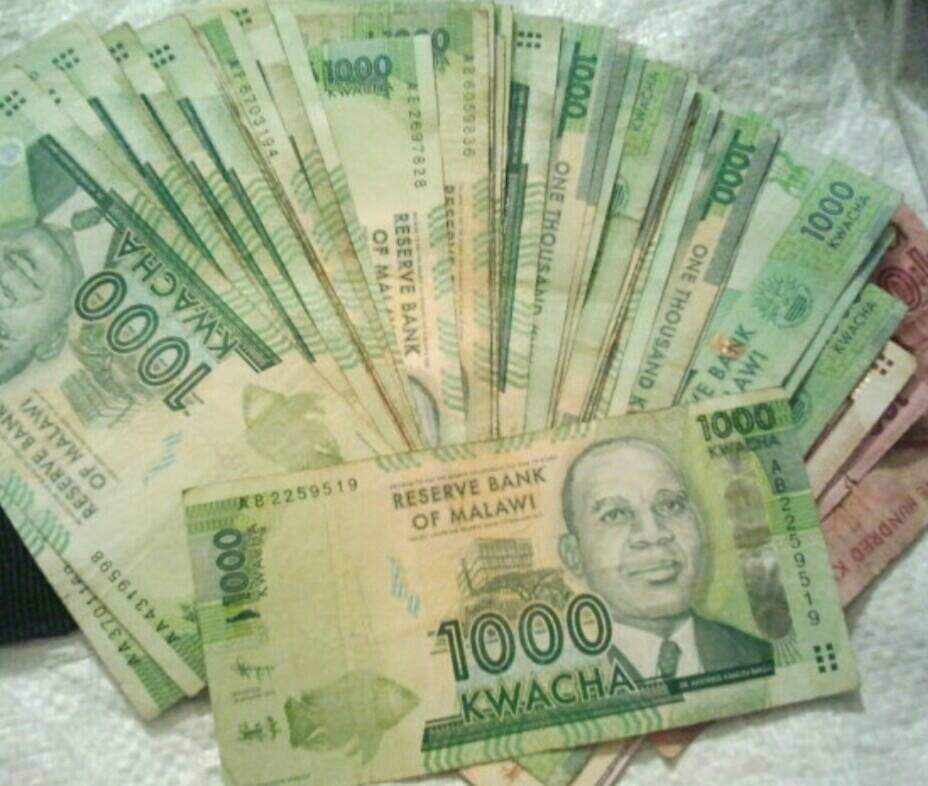Malawi Kwacha Continues Losing Grip

The Malawi Kwacha continued to lose grip against other major trading currencies, depreciating by 2.4 percent against the US dollar in June to trade at K1,058.82, Reserve Bank of Malawi (RBM) figures show.
Following the auctioning of the local currency it has weakened by 4.5 percent against the British Pound and 4.2 percent against the Euro, trading at K1,377.77 and K1,183.15, respectively.
The current RBM figures show that the Kwacha traded at K1,061.67 to a dollar as of July 31 2023, a marginal depreciation of 0.27 percent from the preceding month against the 2.61 percent as it traded at K1,034.67 per dollar as of December 31 2022.
The central bank attributed the depreciation to mismatches between demand and supply on the market, which continued to pile pressure on the local unit.
“The Malawi Kwacha exchange rate continued to reflect conditions of supply and demand imbalances in the foreign exchange market and depreciated against all major currencies of the country’s trading partners,” the report reads
Financial Market Dealers Association President Leslie Fatch said the mismatches would only be addressed by broadening the country’s export base.
“While it is recommendable that the monetary authorities are using policies that are stifling demand for foreign exchange, it is not enough because we need more policies that will address the supply side which only means we have to diversify our exports in the long-run,” Fatch said.
Economist from the Malawi University of Business and Applied Sciences Betchani Tchereni said Malawi’s immediate hope remains having the International Monetary Fund’s Extended Credit Facility programme.
“We should also try to control our expenditure and use of foreign currency. We have seen a directive for limited travels which might be minimal but is a step in the right direction to save foreign exchange,” Tchereni said.
Malawi has been struggling with foreign exchange scarcity but as at 30 June 2023, the country’s gross official foreign exchange reserves increased by 65 percent to $321.53 million from $194.82 million in May 2023.
Preliminary statistics for the second quarter of this year indicated that the merchandise trade balance recorded a larger deficit of $272.0 million than a deficit of $165.5 million reported during the first quarter and compared to a deficit of $252.2 million registered during the same period last year.




